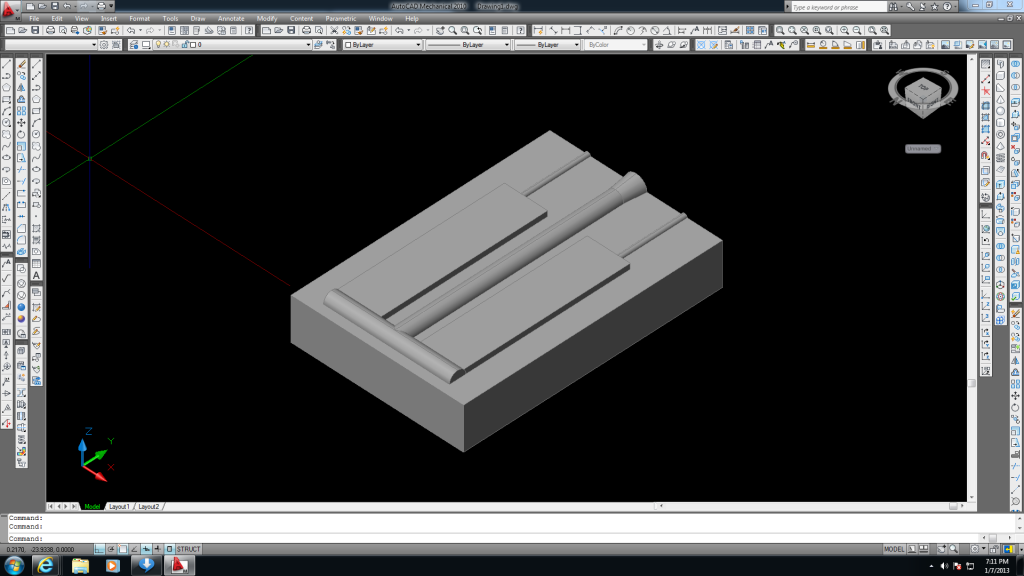Ive been making sterling bars lately and am getting very good with it BUT. I. Have been trying and trying to make a thin bar. Thin as in like 3/32" of an inch. The thickness of an American Silver Eagle.
Now. I dont use graphite. I make all my molds custom out of ashwood. My problem is, i cant figure out a way to make a mold from wood that is thin like that, without the silver spewing back out of the mold. Not sure why it does that. And one time it actually somewhat exploded. Sending a few grams flying in my garage.
Any tips would be great.
Ill post pics later of some my bars
Now. I dont use graphite. I make all my molds custom out of ashwood. My problem is, i cant figure out a way to make a mold from wood that is thin like that, without the silver spewing back out of the mold. Not sure why it does that. And one time it actually somewhat exploded. Sending a few grams flying in my garage.
Any tips would be great.
Ill post pics later of some my bars
















































